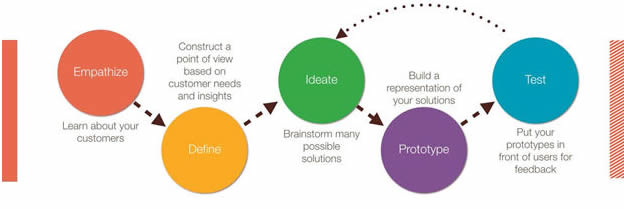Drawing on Polymer Clay

As a polymer clay artist, have you ever experienced fading or bleeding ink on your polymer designs? I have started including hand-drawn designs on my polymer pieces so I found two articles highlighting the results of different experiments with using ink to draw on polymer clay, including how to seal and finish the pieces.
Rebecca Watkins, @artybecca, in her post Transfer, Paint, Ink on Polymer – http://artybecca.blogspot.com/, shares her results with liquid clay, toner transfers, colored pencils, inks, and paint pens. She seals each added surface technique with a thin coat of liquid polymer clay (LPC), starting with a tonal transfer she created in Illustrator. She adds lines with oil paint pens and upon experience EPD (the dreaded early pen death!), discovered Sharpie ultra-fine oil paint pens. She also used InkJoy by Papermate to shade her designs, but found that a couple of colors bled when she sealed with LPC, so she ended up drawing the lines again on top of the last sealing layer.

A few years back, Ginger Davis Allman experimented with a variety of pens on two different types of polymer clay, Premo and Kato, in Which Pen to Use on Polymer Clay. She added two other variables to the experiment, wiping the ink with a water soaked paper towel and an alcohol soaked paper towel. She documents her results with great photos. Her final recommendations are Sakura Microperm, PITT Artist Markers, and Montana Acrylic Paint Markers, but not Sharpie.

The thing to remember is that companies change their products all the time. So the new Sharpie oil based paint pens are a different formula than Sharpie Markers or the markers Ginger tested in 2009. So here are my three recommendations based on these two great posts:
- Experiment, experiment, experiment! – grab some clay, some pens and paint, and play!
- Create a prototype – you need to do this anyway to make sure that the size, shape and structure will lay correctly on the body.
- Fail! – yes, that’s right! Don’t be afraid to mess up. Many great new techniques were actually failures first!

Eli Collins-Brown of ECB Designs, has been playing with polymer clay since 2009. Intrigued by the colors and endless possibilities of the medium, she focuses on wearable art and unique pieces of jewelry. Wearable art includes polymer, wire wrap and fiber work. Contact: elicbrowndesign@gmail.com
